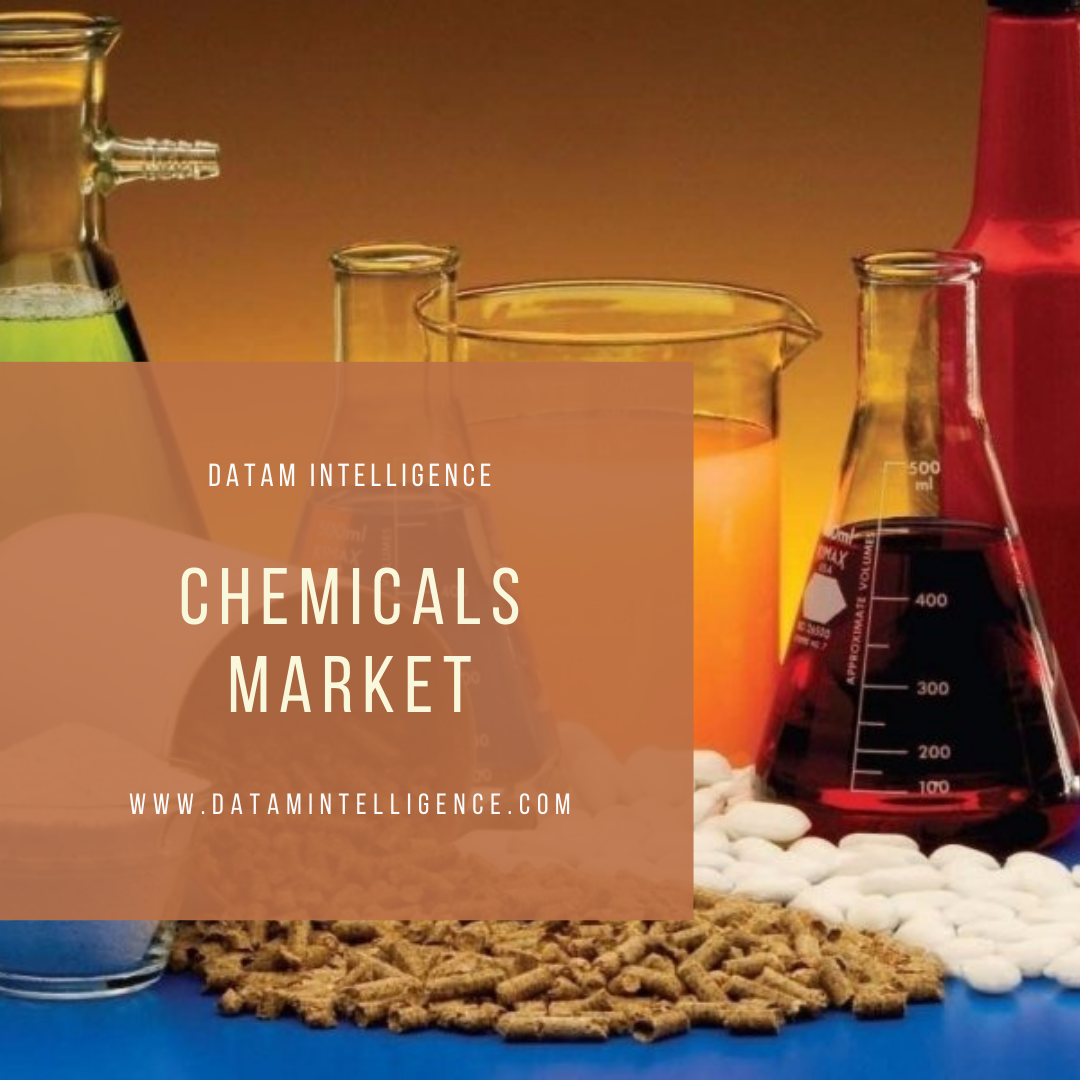
How To Make Polymethyl Methacrylate (pmma) Microsphere Market
The Global Polymethyl Methacrylate (PMMA) Microsphere Market by geography into – North America, South America, Europe, Asia-Pacific (APAC)
2020-12-30
PMMA covers can be closely installed on LEDs in TVs in comparison with fluorescent tubes, as the diodes emit less heat. PMMA molding compounds stay stable, irrespective of the vicinity to the light source, thus enabling LEDs to manage heat more easily. PMMA microspheres are widely used in the LED, and LCD industry as light diffusion material in light covers, light tubes, LCD light diffusion plates, or diffusion film. The use of PMMA reduces the thickness of the TV and makes it look more attractive. The key benefit of PMMA in LED screens is that the consumption of power can be reduced significantly per TV. These LED TVs are one of the top sold products in the visual entertainment segment owing to the advanced technology that makes them lighter and slimmer in comparison with conventional TV models. Increasing awareness about green construction, the growing large screen, and display backlighting market, and the decreasing cost of LEDs will augment the APAC LED market during the forecast period.
There has been a significant increase in construction spending by various nations across the world in recent years. Owing to increasing per capita income and rising standards of living in the emerging economies in APAC and MEA, the construction industry has witnessed a sudden growth. This in turn has significantly increased the demand for PMMA Microsphere. This trend is expected to continue in the future and will be a major driving force for the growth of the global PMMA Microsphere market. The Middle East, North America, and the Asia Pacific are expected to witness the most rapid growth in 2021. A strong economic scenario, increased levels of confidence and low rates of interest will hold up the structure for the expansion of the construction activities in these regions. As demand remains strong in China's infrastructure for the sports segment, the country's revenues will improve. In the US and Canada, we expect steady growth in residential and commercial construction sectors in both value and volume terms.
There has been a significant increase in construction spending by various nations across the world in recent years. Owing to increasing per capita income and rising standards of living in APAC, the construction industry has witnessed a sudden growth. Other factors fuelling the construction sector in APAC are that large infrastructure projects in emerging economies such as India and China will intensify the PMMA demand in APAC.
Furthermore the growing industrial and commercial base in India and China is expected to augment the PMMA Microsphere market in APAC. APAC PMMA applications include lighting fixtures, sanitary ware, construction, electronics, and signs and display.
Some macroeconomic factors that play a major role in shaping the APAC market are:
-
According to a recent report, the region's GDP has been expanding at a rate of 5.60% and is expected to further grow at a CAGR of 6.20% over the forecast period.
-
The region is also the largest recipient of foreign direct investments (FDIs). About 65% of global FDI spending of $1.30 trillion has flown into APAC. The majority of this investment was incurred in the infrastructure and manufacturing sector
-
APAC's population is expected to expand at a CAGR of 2% over the forecast period. The majority of the population are expected to be in the mid to young age segment who constitute the 'active consumer segment'
The European MMA manufacturing plants are complying with the provisions laid out in the European environmental legislation regarding the CO2 emissions (ETS) and the operating permits process of the Industrial Emissions Directive (IED).
Launched in 2005, the European Emissions Trading System (ETS) is designed to curb CO2 emissions in the EU through a “cap and trade system”. Companies emitting more than foreseen either have to purchase permits to make up for the excess (auctioning), invest in low carbon technology, or reduce their production. Phase Two of ETS started in 2008, committing Europe to reduce its greenhouse gas emissions by 20% by 2020. Phase Three (2013-2020) includes more sectors and greenhouse gases. Currently, there is an ongoing debate on further reducing to 30% by 2020 and additional emission cuts by 2050 (Low Carbon Economy Roadmap).
In 2018, the European institutions revised the legislative framework of the EU ETS for the next trading period (phase 4 – 2021-2030) to meet the EU’s 2030 emission reduction and Paris Agreement targets. By 2030, the sectors covered by the EU ETS must reduce their emissions by 43% compared to 2005 levels.
About Us:
DataM Intelligence was incorporated in the early weeks of 2017 as a Market Research and Consulting firm with just two people on board. Within less than a year, we have secured more than 100 unique customers from established organizations all over the world.
For more information:
Sai Kiran
Sales Manager at DataM Intelligence
Email: [email protected]
Tel: +1 877 441 4866
Website: www.datamintelligence.com
Found it interesting?
Sai Kiran
Sales Manager at DataM Intelligence
Email: [email protected]
Tel: +1 877 441 4866
We have 5000+ marketing reports and serve across 130+ countries
#polymethyl methacrylate microsphere market, #polymethyl methacrylate microsphere market size, #polymethyl methacrylate microsphere market share, #polymethyl methacrylate microsphere market trends, #polymethyl methacrylate microsphere market value, #polymethyl methacrylate microsphere market growth, #polymethyl methacrylate microsphere market demand, #high performance adhesives industry forecast, #polymethyl methacrylate microsphere market outlook, #polymethyl methacrylate microsphere market analysis, #polymethyl methacrylate microsphere market applications, #polymethyl methacrylate microsphere market companies, covid-19, #datamintelligence
